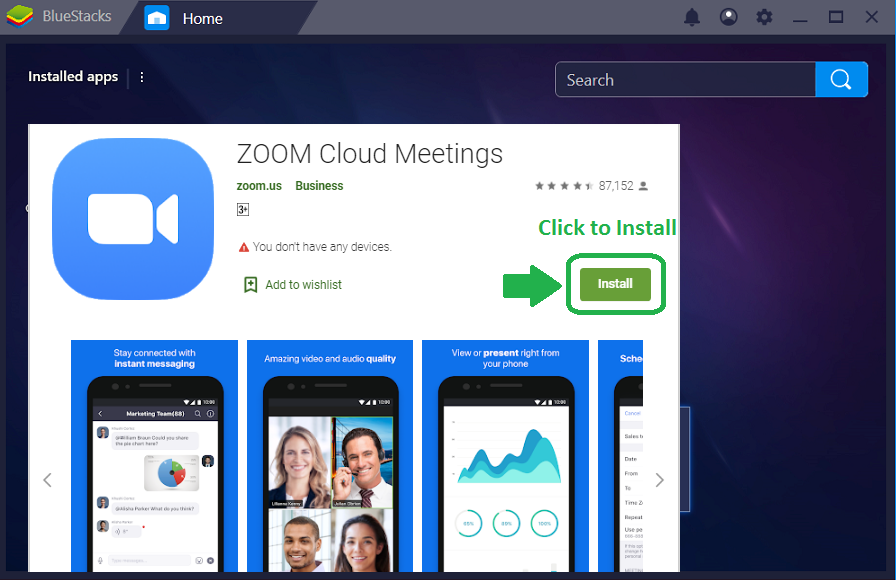

- DOWNLAOD SUGARSYNC FOR MAC APPLICATION MAC OS X
- DOWNLAOD SUGARSYNC FOR MAC APPLICATION PLUS
- DOWNLAOD SUGARSYNC FOR MAC APPLICATION WINDOWS
DOWNLAOD SUGARSYNC FOR MAC APPLICATION PLUS
Parmis les utilisateurs de ce programme, la version la plus téléchargée est la version 1.9. Notre antivirus a scanné ce téléchargement, il est garanti sans aucun virus. Les variantes connues de SugarSync Manager sont 'SugarSync Manager 2'.
DOWNLAOD SUGARSYNC FOR MAC APPLICATION WINDOWS
Meanwhile, keep in mind that modern versions of OS X and Windows don't let apps take control of each other willy-nilly. Téléchargez gratuitement SugarSync Manager 4.0 dans notre logithèque.

If you want to wrap it up in Python, you can, e.g., via the subprocess module (with the open command on Mac, with shell=True on Windows). You've already got something you can double-click or run from the shell. So, having created an Automator action or an AutoIt script, how do you trigger than from Python or C++? Well, you probably don't need to. Actions is probably the most similar tool for windows, but there are dozens of other options, like AutoIt, which may be better. Create a workflow, click Record, pull down the Dropbox menu, click the "Pause Syncing" item, click Stop, and you're done. It's much easier to use a higher-level GUI automation tool.

The Windows equivalent would be even messier, involving sending a WM_* message to get a menu, pulling apart the structure, etc. For example, the simplest Python appscript solution would probably look something like this (untested): sysev = appscript.app('System Events')ĭropbox = sysev.application_processes However, either way, it's going to be a pain. Windows only has a lower-level way to do this, by synthesizing WM_* messages by hand, which you can do from Python via pywin32 or from C++ via the native Win32 API.
DOWNLAOD SUGARSYNC FOR MAC APPLICATION MAC OS X
Mac OS X has a high-level way to do this through System Events UI Scripting, which you can access from Python via ScriptingBridge or appscript, or C++ via… well, just don't. And, since the client doesn't have an automation control interface, you have to do it by automating the GUI. You have to automate the client app, by using the appropriate tools for your platform. The web API (and the SDKs that wrap it) can't possibly help you with that. What you want is just to control the normal desktop client, and tell it when to pause or resume syncing, right? Since the API is built around web services, C++ is a pretty bad choice for the language, especially since there are pre-built wrappers for Python.īut anyway, I'm pretty sure this is not what you want to do. It's probably not impossible to write your own client to replace their client, or maybe even to write a client that coexists with theirs (where you'd leave theirs permanently set to "Pause Syncing", and yours would only handle the sync side of things… although you'd lose the benefit of automatically triggered syncs whenever the local store changes, and instead have to poll for changes or set up a parallel filesystem watch). The Dropbox API is the way you interact with the service from your own client, not the way you automate their desktop client app (the thing that integrates into Finder/Explorer/etc.).


 0 kommentar(er)
0 kommentar(er)
